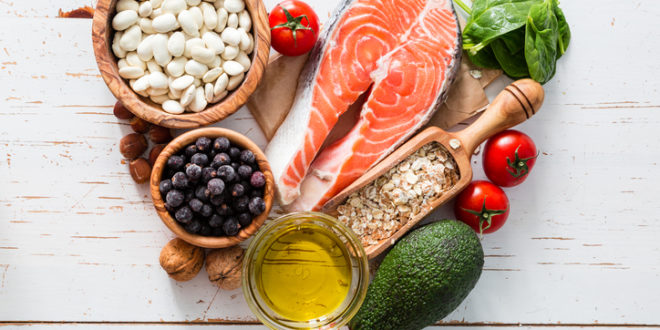by Michelle Sutton-Kerchner
What you eat has a big impact on your workout. Follow these tips to power up your fitness routine and its results …
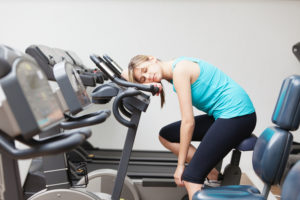
Some folks are so anxious to do their workout, they skip meals. Dieters are especially prone to this “shortcut.” If I skip food and add exercise, I’ll lose weight quicker. Sound familiar? Unfortunately, this habit often leads to shortened workouts, or visits to the Center nurse to recover from dehydration and physical burnout.
Exercising without the required nutrition is like trying to run a car on little gas. You won’t go far and may break down. Exercising after eating the wrong foods is like trying to run a car on cheap gas. You may chug along, but not in the best shape. Make your workout most effective by consuming the proper fuel before and after it.
Pre-Workout Snacks
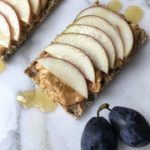
It is best to avoid big meals before your workout. The body will be busy using energy to digest food. Plus, exercising on a full stomach can cause cramps and bloating. If it has been a few hours since your last meal, or all night if you are exercising in the morning, a light meal or snack is recommended. Here are nutritionists’ top choices:
- Hardboiled egg. Pair it with toast and low-fat milk, and call it a light breakfast.
- Coconut water. Enjoy a chilled glass of this for some gentle carbs and replenishing electrolytes.
- Peanut or almond butter with sliced apples or pears. Look for individual packets, ready for dipping on-the-go.
- Trail mix. Choose options with seeds, nuts, and dried fruit. Skip the candy mix-ins.
- Banana, watermelon, grapes, or oranges. Some fruit also provides extra hydration.
- Smoothie. Add your favorite fruits and veggies along with some ice. Bananas add thickness. Plain low-fat yogurt also increases the density.
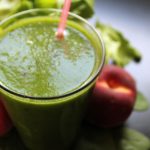
Eating prior to your workout is not necessary. If you recently had a meal or snack, pre-workout food is not required. In other words, don’t use your workout as an excuse to nosh.
Post-Workout Snacks
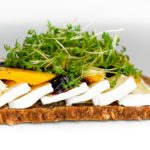
After your workout, food choices should target repairing muscle tissue. If you just completed a high-intensity workout, you also need to replenish glycogen stores. Focus on a protein-carb combo. When paired, research shows they have a better post-recovery response. Here are some suggestions:
- Low-fat cheese and whole wheat crackers. Add slices of lean deli meat for added protein to help rebuild workout-depleted amino acids.
- Fresh fruit. Top with plain low-fat yogurt or dip in peanut butter.
- Tuna on whole wheat crackers. Swap crackers with whole wheat bread for a small meal. Skip the mayo and dress with olive oil or plain low-fat yogurt.
- Smoothie made with banana and protein powder. The high sugar content in the banana will deliver an energy burst.
- Brown rice cakes topped with almond butter.
- Need a meal? Try a turkey burger on a whole wheat bun. Top with low-fat cheese and leafy greens. Finish off with chopped asparagus for something different than high-sodium pickles.
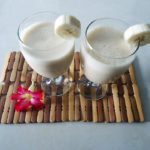
Specific exercise routines, such as endurance training and athletic training, can benefit from additional types of fuel. Food choices can affect everything from muscle development to stamina. To maximize your efforts, it is often helpful to meet with a registered dietician. S/he can personalize a menu based on your physical demands, size, and taste preferences.
The right balance of nutrients helps your system perform at its peak during the demands of exercise. Power up your workout– and its effectiveness– with food that fuels.
Sources
Fitnessmagazine.com.
Verywell.com.
Image Credits
Apples & peanut butter: pixabay.com/en/snack-cracker-apple-healthy-1947791
Spinach smoothie: pixabay.com/en/green-smoothie-spinach-lifestyle-456839
Cheese & wheat: pixabay.com/en/sandwich-bread-cheese-camembert-890820
Banana smoothie: pixabay.com/en/banana-smoothie-healthy-yogurt-1558631
 Fitness & Wellness News Your Source for Fitness News, Wellness News, Health News, and Nutrition News!
Fitness & Wellness News Your Source for Fitness News, Wellness News, Health News, and Nutrition News!
